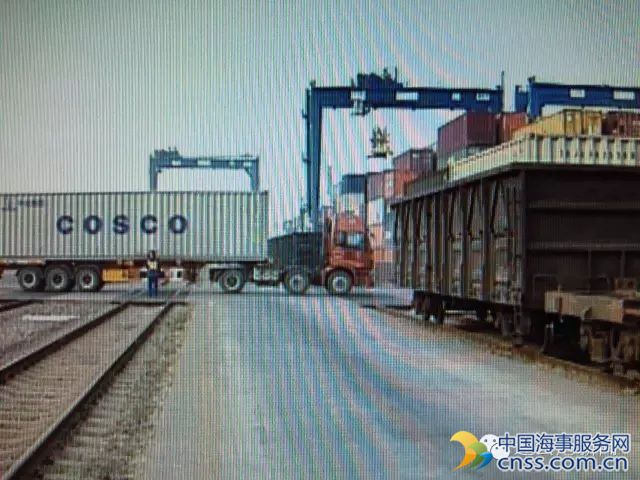Independent bunkerers should focus on small ports, shun big hubs: consultant

Marine fuel suppliers that operate independently from refiners and cargo traders should pull out from the world’s larger bunkering hubs as consolidation continues to shrink the sector, according to maritime consultant and industry veteran Adrian Tolson.
The collapse in crude oil prices in 2014 triggered a wave of consolidation across the bunker industry as margins narrowed. November 2014 saw the unexpected collapse of OW Bunker, at the time one of the world’s largest marine fuel traders, and the industry has been under pressure ever since from tightening credit conditions and lackluster demand.
In that context, bunker suppliers need to reconsider their presence in hubs such as Singapore and Rotterdam in favor of smaller ports where they have expertise, Adrian Tolson, senior partner at consultancy 2020 Marine Energy, told S&P Global Platts in an interview last week.
“Truthfully, there isn’t money in these markets — they are oversold, overmanaged, overtraded and are subject to market forces that are not part of the marine fuel sector,” he said. “If you’re selling bunkers in Rotterdam and someone’s trying to arb a cargo to Singapore, you suddenly find local supplies are tight and all of that costs you money.”
“The decision to come into high-volume ports is something that has to be taken very carefully,” he added. “You’ve got to think where you are in the supply chain, and know your strengths throughout the chain.”
Late last year Germany’s Bomin Group announced it was closing offices in London, Athens, Tallinn and Madrid to focus on physical supply operations elsewhere, warning of “a new era for bunkering.”
And in September, Minerva Bunkers, owned by Switzerland’s Mercuria Energy Trading, said it would close its Piraeus and Seoul offices and focus European operations in Las Palmas and its Asian staff in Singapore and Japan.
As the bunker market matures, the larger hubs will increasingly be dominated by the larger suppliers for whom economies of scale from their other operations leave them with healthier margins than the independent sellers, Tolson said.
“It’s something they need to evaluate, can they make money from being in that location?” he said. “As perhaps the smaller companies exit, you’ll see other people coming in who are on the cargo trading side, or significant refiners, or significant oil companies. Because for them it’s strategically important to be in Rotterdam or Houston, or wherever it is.” But those same economies of scale make the smaller ports less attractive to the oil refiners and cargo traders, leaving these locations open to the rest of the bunkering industry.
“The smaller ports will get smaller, and as they get smaller they become less economic for some of the bigger players and more interesting for some of the smaller players,” Tolson said. “I’d be looking for those opportunities, neglected supply ports where supply may be challenged as the future comes forward.”
The IMO’s new 0.5% sulfur cap coming into effect in 2020 may give new hope to some suppliers selling new low sulfur fuels, Tolson said. But he argued that these markets are also likely to become dominated by the larger players before long, leaving smaller suppliers with the same lack of profitability they currently face.
“I see margins in some of these places just getting crushed,” he said. “People complain to me about their operation, and you want to slap them in the face sometimes and say, what did you expect, why did you think you had an opportunity in this market?”
“What may have been valid a decade ago is not valid in 2017, it’s time to move on.”
Source: Platts
HEADLINES
- Do shipping markets want Biden or Trump for the win?
- All 18 crew safe after fire on Japanese-owned tanker off Singapore
- Singapore launching $44m co-investment initiative for maritime tech start-ups
- Cosco debuts Global Shipping Industry Chain Cooperation Initiative
- US warns of more shipping sanctions
- China continues seaport consolidation as Dalian offer goes unconditional